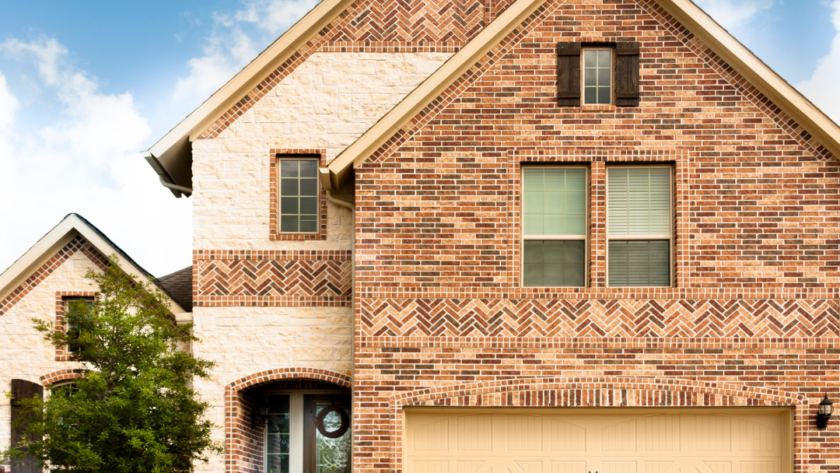Los Angeles boasts a rich assortment of architecture, a testament to its diverse historical, cultural, and environmental influences. The city’s vista is a canvas painted with a distinctive architectural style that is as varied as its population. As an arts and cultural hub, Los Angeles has been a hotbed of architectural innovation, with its unique buildings and homes reflecting a mix of high-end luxury, quirky character, and functional design aimed at the Southern California lifestyle. The importance of architecture in Los Angeles cannot be understated; it is a key part of the city’s identity, with the area’s unique climate and history providing the context for its distinctive built environment.
This article will detail the subtle aspects of Los Angeles’ architectural identity, unearthing the stories and elements that define its structural persona. We will explore how the warm, Mediterranean climate has shaped the design sensibilities of local architects, promoting a seamless integration of indoor and outdoor spaces. From the iconic, sweeping lines of mid-century modern homes to the cutting-edge sustainable practices that are being incorporated into the city’s new developments, this article aims to explore the varied features of Los Angeles architecture.
Influence of Climate on Design
In LA, the local climate’s warmth greatly influences decisions made by an architecture firm in Los Angeles. Here, architects are known for choosing designs that allow for plenty of natural light and refreshing ventilation—think substantial windows and inviting, open floor plans; these choices are not just about aesthetics but also practical solutions to the region’s temperate weather.
Comfort and functionality form the base of LA architecture, undeniably linked to the need for spaces to stay comfortable despite the heat. Building designs include features to keep the heat at bay while enhancing indoor-outdoor connection, ensuring that homes and workspaces not only cope with but also take advantage of the sunshine that’s characteristic of Southern California living.
Emphasis on Indoor-Outdoor Living
Blending interior with exterior, Los Angeles architects promote a design philosophy that mirrors Southern California’s mild climate and natural beauty. This architectural style is distinguished by the free flow of space, where features such as sliding glass doors effortlessly extend living areas into outside patios—spaces often adorned with lush greenery. These characteristics improve living standards by allowing light and air to move freely, fostering a living condition conducive to leisure and a bond with nature.
Residents live in spaces that obscure the conventional divisions of inside and outside, enjoying versatile spaces apt for solitary quietness and communal festivities. Such designs not only mirror the city’s preference for relaxed elegance but also its regard for the convenience and charm of an indoor-outdoor way of life.
Mid-Century Modern Influence
Mid-century modern architecture, known for its simplicity and integration with nature, continues to influence Los Angeles. Neighborhoods across the city prominently feature buildings with flat roofs, clean lines, and open layouts typical of this architectural style. Interior designs often embrace minimalism, showcasing the elegance of select furnishings and the spaces they occupy.
This design style extensively uses glass to create transparent spaces and blend indoor environments with the surrounding terrain. Prized for their functionality, these buildings are celebrated for their historical value as well as their suitability for today’s preference for simple, sustainable living. In LA, preserving mid-century modern homes shows an appreciation for enduring design and meets today’s demand for attractive, functional living spaces.
Sustainable Design Practices
Architects in Los Angeles are at the forefront of a movement towards sustainable design, actively integrating sustainable practices into the city’s architecture. They use recycled materials, focus on energy efficiency, and create green spaces within projects, recognizing the urgent need to protect the environment. Expertise in these eco-friendly practices is becoming a hallmark of the city’s design community.
Architects prioritize the long-term impact of their work, striving for buildings that both respect and contribute positively to the environment. Innovations include solar power technology, water-saving systems, and intelligent design that optimize natural airflow and light, all aiming to lessen the environmental impact. These sustainable efforts not only reduce environmental damage but also design healthier spaces for people.
Iconic Landmarks and Buildings
Los Angeles, the sprawling Southern California city, is renowned not just for Hollywood, but also for its assemblage of prominent landmarks and buildings that loudly express its architectural heritage. At the forefront is the Walt Disney Concert Hall, designed by Frank Gehry, its stainless steel exterior shaped in a way that reflects the creativity of Los Angeles’ architects.
Equally notable is the Getty Center, where the mix of light and design seamlessly joins art and architecture, inviting visitors to its hilltop location with breathtaking views. These structures are more than just buildings; they echo the creativity and vision that Los Angeles’ architects pour into their projects. Each building, with its unique story, stands as a testament to the city’s architectural aspirations, a festivity of both looks and practicality.
The architectural style of Los Angeles is a vibrant mixture, created from the city’s dynamic culture and the diverse backgrounds of its residents. Architects have skillfully responded to the warm, Mediterranean climate with designs that support a mix of indoor and outdoor living spaces, reflecting a lifestyle that prizes openness and connection with nature. They pay homage to the legacy of the simple, clean lines of mid-century modernism, while advancing eco-friendly objectives with strategies that demonstrate their commitment to preserving the environment. From iconic structures like the Walt Disney Concert Hall to eco-conscious homes that serve as both refuges and strongholds of environmental mindfulness, Los Angeles’ structures stand as a narration of creativity and sophisticated design. The architectural achievements add to the city’s physical identity and enhance its global reputation for creative architecture.



